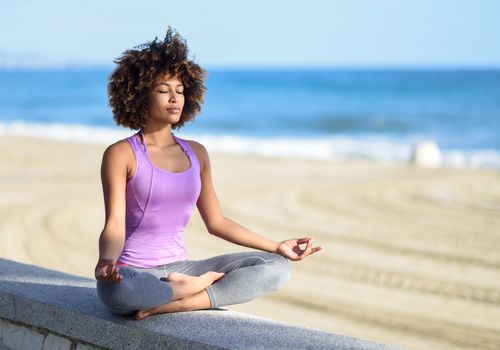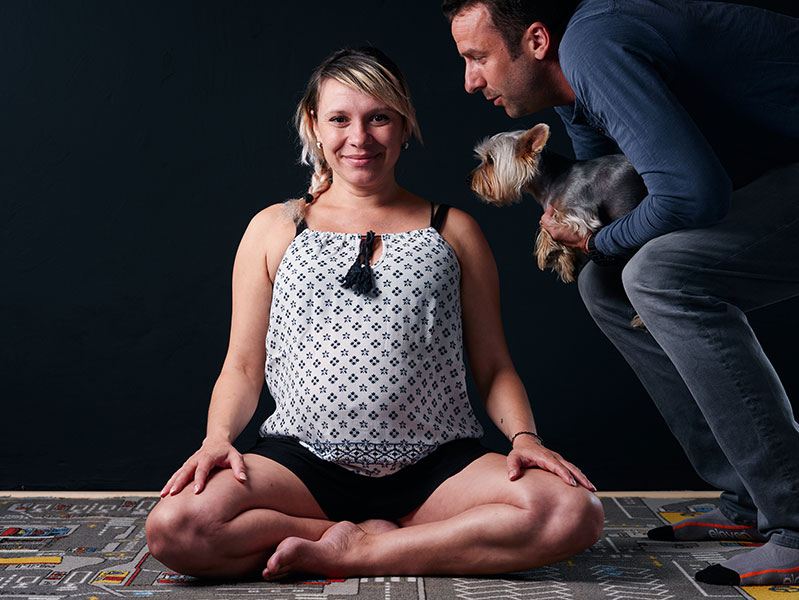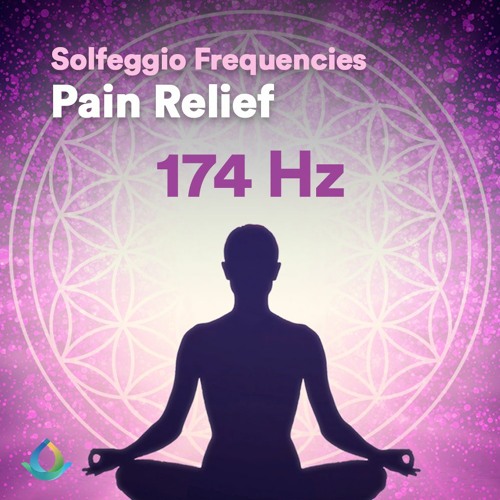
One simple breathing exercise for anxiety is the seashell breath. It creates internal warmth, and transports you to nature. Lewis Howes (author) teaches this technique in his podcast, School of Greatness. He urges viewers to take deep, slow breaths from the bottom of their belly. This technique can be used standing up, sitting down, or lying down. Wear loose clothing to start. Place your arms on the arms and legs of your chair to sit or lie down.
You can begin practicing this technique at any time of the day. This breathing technique engages your sympathetic nervous, which controls your body’s fight-or flight response. By relaxing your body, you are affecting your mind and body at the same time. It is important to balance your two systems by activating your parasympathetic neural system. By breathing in too deeply, your stress levels can rise, leading to increased adrenaline production, which can make you anxious.

Another simple breathing exercise that helps with anxiety is the pursed -lip technique. This is a simple technique that anyone can practice anywhere. You can do it in a matter of minutes and without any help. This breathing exercise can help you gain control of your emotions, and reduce anxiety. You can perform this breathing exercise in many different ways, some more effective than others.
A popular breathing exercise for anxiety is the dirga swasam pranayama. This exercise focuses on the abdomen, diaphragm and upper chest. To do this exercise, it is best to be comfortable and either lie down or sit down. This exercise requires you to close your lips and breathe deeply. While you are doing this, focus on your breath. Feel fullness in your lungs. This will help you relax and reduce anxiety.
Breathing exercises for anxiety are an effective way to reduce the negative thoughts associated with this condition. An anxiety sufferer should use a specific breathing exercise. This is a simple and quick exercise that takes only a few minutes. Once you've been doing it for a few more days, you'll be amazed by the results. It will help you feel better and be able to handle any situation with less anxiety.

The breathing exercises for anxiety can be done anywhere, anytime, and anywhere you feel anxious. Do them in a peaceful place. It will make you feel less anxious and calmer. It will help to keep your eyes on the future and allow you be more focused. These exercises will help you stay focused and more focused. You will be amazed at how much easier it is to practice these exercises over time.
FAQ
How to measure your body fat
A Body Fat Analyzer is the best way to measure body weight. These devices are used for measuring the percentage of body fat in people who want to lose weight.
How do you get enough vitamins?
You can obtain most of your daily requirement through diet alone. Supplements are an option if you are low in any vitamin. A multivitamin supplement can provide all the vitamins you require. You can also buy individual vitamins at your local pharmacy.
Talk to your doctor if you have concerns about your nutritional intake. You can find vitamins K and E in dark green leafy vegetable such as spinach, kale and turnip leaves, as well a variety of sweet potatoes and sweet potatoes.
Ask your doctor for advice if you are unsure how much vitamin to take. Your medical history and current health will help you determine the best dosage.
Why is it important that we live a healthy and happy life?
Healthy living can lead to a longer, more fulfilling life. A healthy diet, regular exercise and good sleep habits will prevent the development of diseases such as heart disease, stroke, cancer, diabetes, and Alzheimer's.
A healthy lifestyle will improve our mental well-being and help us deal better with everyday stressors. Having a healthy lifestyle will also boost our self confidence and help us look and feel younger.
What is the difference between a virus and a bacterium?
A virus is an organism microscopic that can't reproduce outside its host cells. A bacterium (or single-celled organism) reproduces by splitting itself into two. Viruses can be as small as 20 nanometers, while bacteria can grow up to 1 micron.
Viruses are often spread through contact of infected bodily fluids like saliva, urine or semen. Bacteria are often spread via direct contact with contaminated surfaces or objects.
Viruses may enter the body through cuts, scrapes. bites, or any other break in the skin. They may also get into the body through the nose and mouth, eyes, ears or rectum.
Bacteria can enter the body through wounds. They may also be introduced into our bodies through food and water as well as soil, dirt, dust, and animals.
Both bacteria and viruses can cause illness. Viruses can not multiply within the host. They infect only living cells, causing illness.
Bacteria can spread within the host and cause illness. They can infiltrate other parts of the body. Antibiotics are needed to eliminate them.
Statistics
- This article received 11 testimonials and 86% of readers who voted found it helpful, earning it our reader-approved status. (wikihow.com)
- According to the Physical Activity Guidelines for Americans, we should strive for at least 150 minutes of moderate intensity activity each week (54Trusted Source Smoking, harmful use of drugs, and alcohol abuse can all seriously negatively affect your health. (healthline.com)
- The Dietary Guidelines for Americans recommend keeping added sugar intake below 10% of your daily calorie intake, while the World Health Organization recommends slashing added sugars to 5% or less of your daily calories for optimal health (59Trusted (healthline.com)
- nutrients.[17]X Research sourceWhole grains to try include: 100% whole wheat pasta and bread, brown rice, whole grain oats, farro, millet, quinoa, and barley. (wikihow.com)
External Links
How To
What does the word "vitamin" mean?
Vitamins are organic compounds found naturally in food. Vitamins are necessary for us to absorb nutrients in the foods we consume. Vitamins cannot be produced by the body. They must be acquired from food.
Two types of vitamins exist: water-soluble vitamin and fat-soluble vitamin. Water-soluble vitamins dissolve in water easily. These include vitamin C (thiamine), Vitamin B1 (riboflavin), Vitamin B2 (riboflavin), Vitamin B3 (niacin), Vitamin B6 (pyridoxine), Vitamin C, B1 (thiamine), Vitamin B2 (riboflavin), Vitamin B3 (niacin), and Vitamin B6 (pyridoxine). The liver and fat soluble vitamins are stored within the liver and in fatty tissue. These include vitamin D, E and K, as well as beta carotene.
Vitamins are classified according to their biological activity. There are eight major categories of vitamins.
-
A - vital for healthy growth.
-
C is important for nerve function and energy production.
-
D – Essential for healthy teeth, bones and joints
-
E - needed for good vision and reproduction.
-
K - required for healthy muscles and nerves.
-
P - essential for strong bones, teeth and tendons
-
Q - aids digestion and absorption of iron.
-
R is required for the production of red blood cells.
The recommended daily allowance (RDA) of vitamins varies depending on age, gender, and physical condition. The U.S. Food and Drug Administration has established the RDA values.
For adults aged 19 and older, the RDA for vitamin B is 400 micrograms daily. For fetal development, pregnant women need 600 mg per day. Children ages 1-8 require 900 micrograms per day. Infants below one year old require 700mg per day. But, between 9 months to 12 months, the amount drops to 500mg per day.
Children aged 1-18 years need 800 micrograms daily, while children overweight require 1000 micrograms per days. Children who are severely obese or underweight will need 1200 micrograms each day.
Children aged 4-8 years old who have been diagnosed as having anemia require 2200 micrograms of vitamin C per day.
2000 micrograms are required daily for good health in adults over 50. Breastfeeding or pregnant women require 3000 micrograms per daily due to higher nutrient demands.
1500 micrograms is the recommended daily intake for adults aged 70+, who lose approximately 10% of muscle each year.
Women who are pregnant and lactating need more nutrients than the RDA. Pregnant mothers need 4000 micrograms per daily during pregnancy and 2500 after giving birth. Breastfeeding mothers need 5000 micrograms per day when breast milk is being produced.